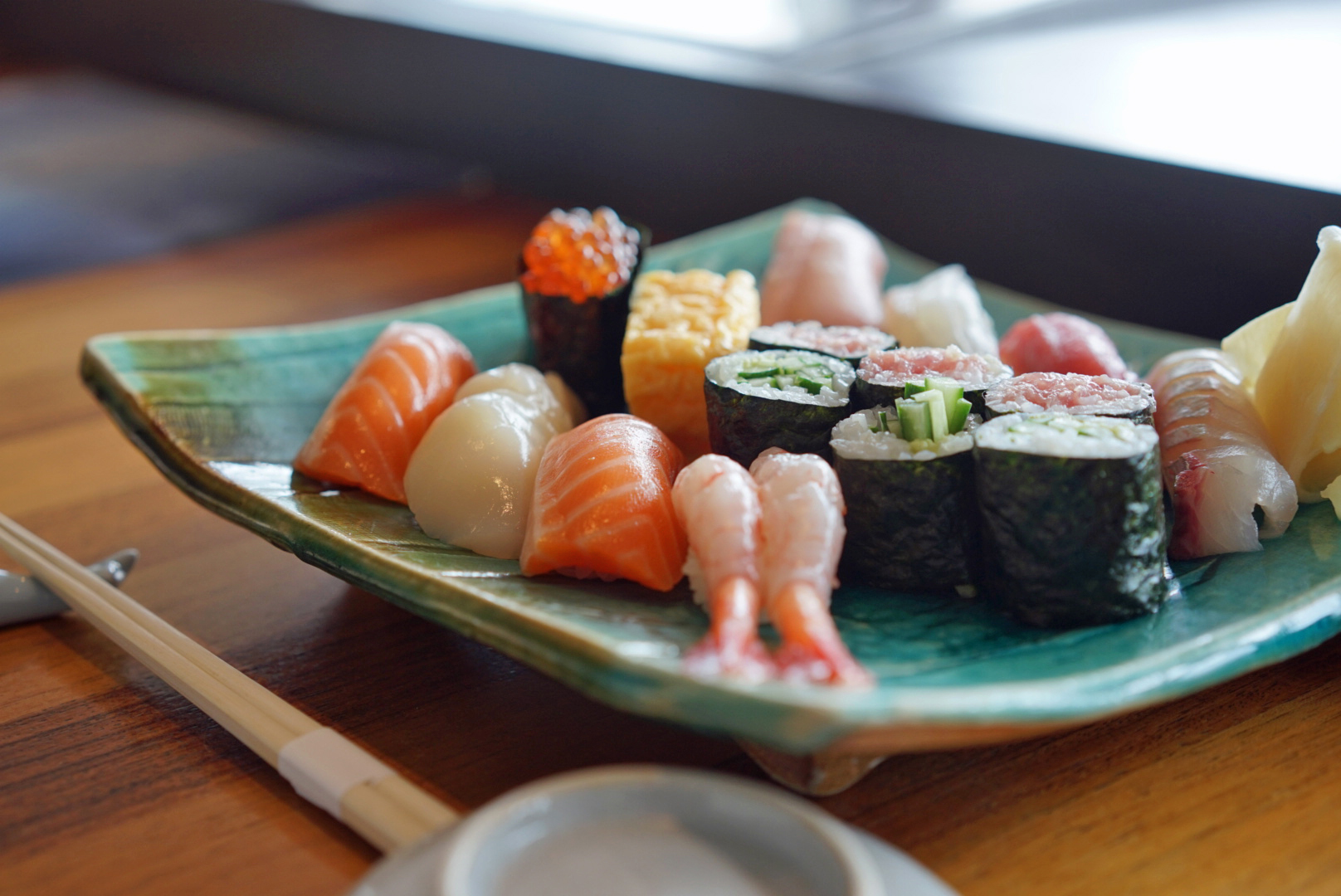Look at the menu of any sushi shop in Japan and you will almost certainly see salmon: fatty, tender and bright orange. And for good reason, in a 2017 survey by the seafood company Maruha Nichiro, the fish was found to be the most popular neta (topping) for the sixth year in a row, ranked far higher than the more traditional tuna and halibut.
But salmon is a relatively new addition to the sushi menu making its rise to popularity remarkable, a story that is both an allegory of shifting taste trends across Japanese demographics and the opening of one of Japan's most iconic cuisines, sushi, to the world.
So swift has been salmon's success that there is a stark generational divide when it comes to which neta is preferred. Many older Japanese start with lean white fish and work their way up to tuna, while younger generations prefer salmon.



















With your current subscription plan you can comment on stories. However, before writing your first comment, please create a display name in the Profile section of your subscriber account page.